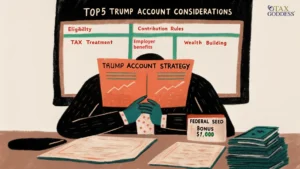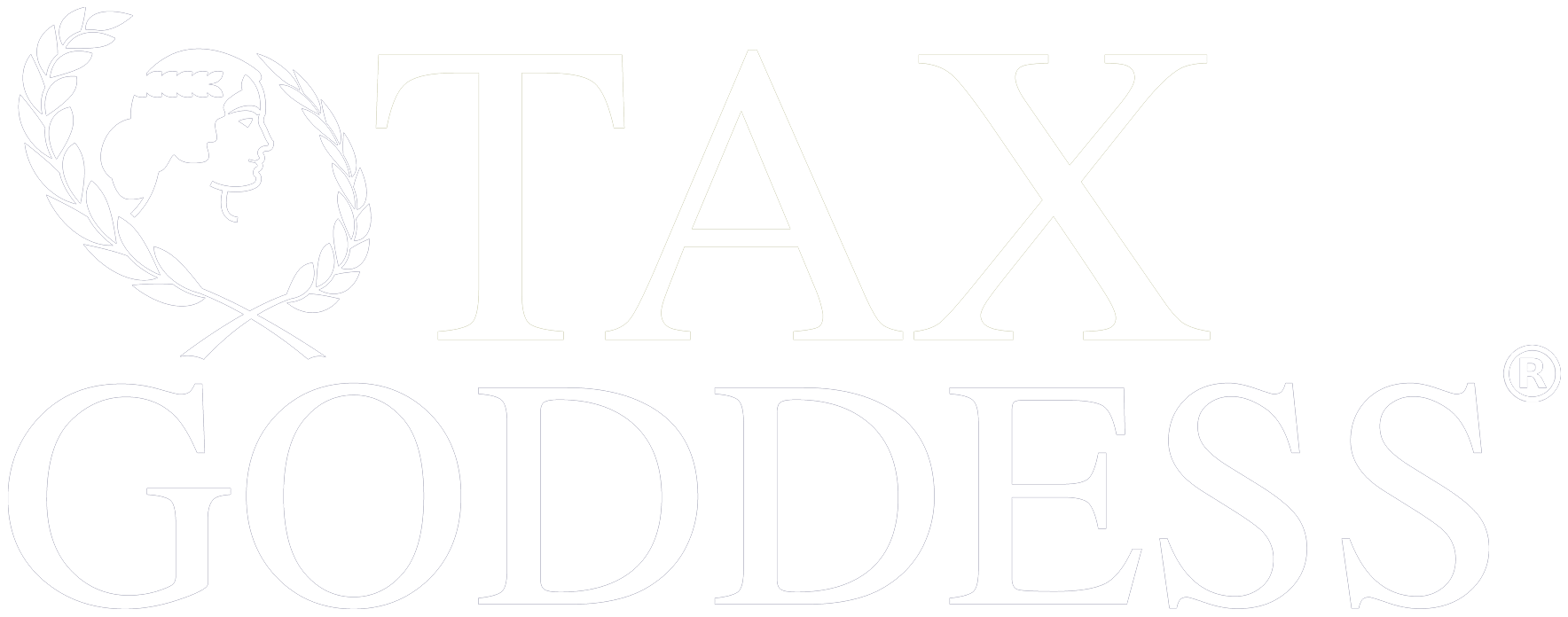Remember the days when a piggy bank and a lemonade stand were all you needed to save for college? Ah, the simpler times! Fast forward to 2024, and the cost of education is reaching stroke-inducing levels. It’s like you have just two sad options: avoid education like a plague or stroke out while trying to afford it. But before you choose your fate, let’s talk about a 529 Savings Plan—a plan that helps you save for education expenses and claim tax benefits. It can turn the nightmare of education costs into a manageable reality. Wondering how? Keep reading!
What is a 529 Savings Plan?
A 529 savings plan is a state-backed investment account that enables parents or sponsors to save for education expenses. The advantage of a 529 account is that it allows you to contribute money, which then grows tax-free over time. When you withdraw the funds for eligible education expenses, like tuition, books, and room and board, you don’t pay any taxes on the earnings. These plans are typically sponsored by states, allowing you a variety of investment options based on your savings goals. The key benefits are tax-free growth and tax-free withdrawals for education, making it an effective way to prepare for future college costs without the burden of taxes.
The Features and Benefits of a 529 Savings Plan
- Anyone Can Open a 529 and Make Contributions
From parents to grandparents, uncles, aunts, and even generous neighbors, anybody can open a 529 plan. This makes it easy for family and friends to contribute towards a child’s education. The money you add to the 529 plan grows tax-free, and anyone can take advantage of potential tax deductions. For example, grandparents can open a 529 for their grandchild and add money each year, helping to build a substantial education fund over time. This flexibility makes 529 plans a popular choice for families looking to save for college expenses without the burden of taxes on their investment growth.
- Flexible Use for Family Members
One of the great features of a 529 plan is its flexibility. While the adult who opens the account is the owner, the beneficiary—the person who gets the money—can be changed. If one child doesn’t need all the money (perhaps due to a scholarship, choosing a less expensive school, or deciding not to attend college), you can transfer the money to another family member. This means you can give the money to a sibling or cousin or even use it for yourself if you decide to go back to school. This flexibility ensures that whatever you save in a 529 plan can always be put to good use.
- No Penalties for Scholarships
If your child gets a full scholarship and doesn’t need the 529 funds, you can withdraw the unused money without paying a penalty. Usually, using 529 funds for non-education expenses incurs a fee, but the scholarship exception means you can get your money back without this extra cost. This rule applies across all states, providing peace of mind that your savings won’t go to waste. It’s a federal rule designed to ensure that families who save for college but end up not needing all the money due to scholarships don’t get penalized for their wise saving habits.
- You Can Choose Your Best 529 Plan
Every state offers its own 529 plans, and you choose the one that is best for your needs. Some states even offer multiple plans with different investment options. Websites like savingforcollege.com provide a comprehensive list of over 100 different 529 plans, each with unique benefits and investment structures. While you can choose any state’s plan, it’s advisable to consider your own state’s offerings first. If you live in a state with income taxes, you might receive state tax deductions for contributions to your home state’s plan. Evaluate all options to maximize your savings and benefits.
- Multiple Accounts for Flexible Savings
You can open multiple 529 accounts, which is helpful if you move to a different state. Keep your original 529 and open a new one in your new state. Some states might ask for a refund of the tax deductions if you withdraw funds, so keeping the original account can be beneficial. Families with more than one child should consider opening a separate account for each. Opening separate accounts allows for easy management and ensures that each child has their dedicated savings. Plus, having multiple accounts can increase your total deductions, as you can claim deductions for each child’s plan.
- Significant Contribution Limits
You can contribute up to $15,000 per year per child and donor without incurring a gift tax. If you are married, this limit doubles to $30,000, allowing for significant contributions to each child’s education fund. Some states, like Virginia, offer unlimited tax deductions for contributions made by individuals aged 70 or older. This means you can save a substantial amount in a 529 plan without worrying about gift taxes or state deduction limits, making it a powerful tool for long-term education savings.
- Boost Savings with Front-Loading
There’s a way to bypass the annual contribution limit by front-loading the account. You can contribute up to five years’ worth of contributions at once—$75,000 per person or $150,000 for a married couple. This strategy often comes in handy for grandparents who want to give a substantial gift early, allowing the money more time to grow and compound. While it means no additional contributions can be made for the next five years, the benefit is that the money has more time to accumulate tax-free growth, maximizing the future value of the investment.
- Lasting Generational Benefits
A 529 plan doesn’t expire, and this means that future generations can use the funds. If your grandchild doesn’t use all the money for college, it can remain in the account for their children. This makes the 529 plan an excellent option for creating a multi-generational family trust. The funds can continue to grow tax-free, providing a lasting legacy for education expenses within your family for years to come.
- Funding K-12 Education
Since the 2017 Tax Cuts and Jobs Act was implemented, you can use a 529 plan to pay for up to $10,000 per year in tuition for private or public elementary, middle, and high schools. The added flexibility makes 529 plans even more valuable, allowing you to use the funds for a broader range of educational expenses, not just college. This change helps families save on education costs earlier, providing a broader range of benefits from the investment.
Parting Note
You can count on one thing: the cost of education in the United States may never be as affordable as it used to be. Also, a 529 savings plan won’t magically make education cheaper. However, utilizing a 529 savings plan will qualify you for tax advantages that enable you to manage education costs for your kids or loved ones better. It is all about strategy.
Speaking of strategy, did you know that Tax Goddess specializes in using advanced tax strategies to help business owners pay the absolute minimum in taxes? We have helped our clients claim more than $1.47 BILLION in tax savings! Let’s help you trim your taxes and maximize your profits so you can free up more cash to fund your passions and desires, including the rising education costs😉.
Book a FREE consultation HERE, and let’s talk about how much you can save.








